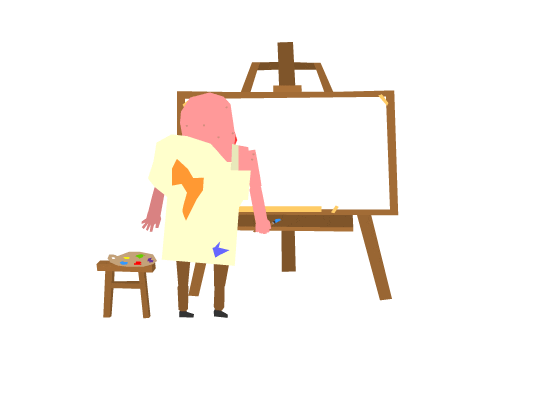For my resource this week, I chose the website Science Friday. This website offers students and teachers weekly updates of what’s going on in the scientific world. There are articles and videos of topics ranging from current events, like tracking hurricane Dorian, to “Changing Up Your Homemade Ice Cream Recipe With Chemistry. The website also has a tab for educators that allows you to put in grade level, activity duration, and topic filters. It then compiles a list or resources, activities, and lesson plans for teacher use in the classroom. The website is great because it’s really informative of current points of discussion and issues plaguing our world. I could see myself using this website instead of a textbook as a tool in curating a lesson on climate change or ocean pollution. Not only is it a great way to build an engaging lesson for students, but the website also offers videos and articles on related subjects that students could view on their own time for extra enhancement.
I thought this was a great tool to use in a middle school science classroom since it has articles and videos covering so many topics we’ll study in class. It’s also free and accessible for students from home, in case they wanted to do their own exploring. Science Friday isn’t just limited to scientific topics, math and language arts topics are also available to choose from.
Word Count: 234




